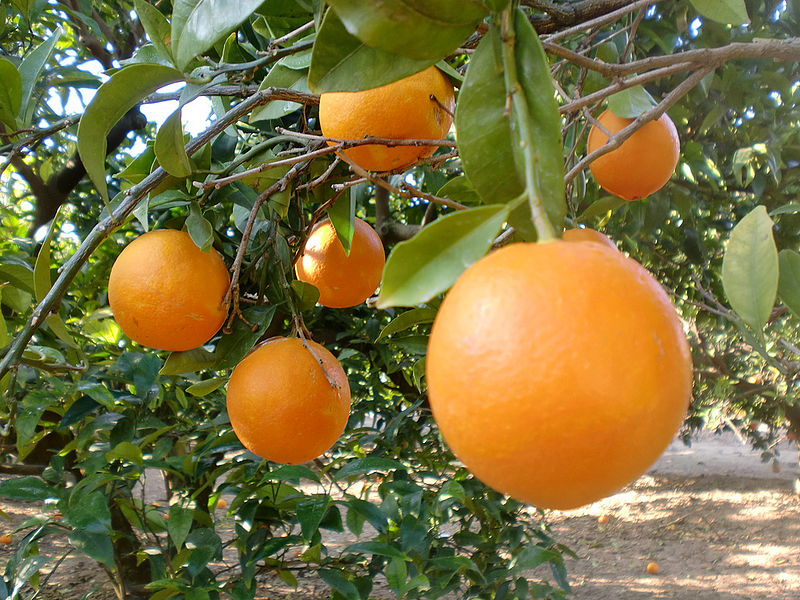LAST year continues throwing up unexpected nuggets of good news despite the general health, social and economic chaos caused by COVID-19.
One of the latest beneficiaries is the ailing Valencian citrus fruit trade, which over the years has become increasingly unprofitable due to falling prices paid to farmers, in turn triggering a rash of abandoned crops (as reported recently by The Olive Press).
But 2020 witnessed a break in the downwards trend, with consumption of oranges and lemons going through the roof as buyers throughout the EU strove to get their vitamin C fix in a bid to stave off coronavirus infection.

Spain is the global leader in citrus exports, producing more than six million tonnes every year with 95% of outside sales going to European countries – and Valencia is by far the biggest player in the game.
According to figures published by the European Commission, citrus fruit prices last year increased by €0.59 per kilo – a 19% rise with regards to the average of the previous five years.
This means Valencian orange and lemon producers, who account for the largest percentage of trade in Europe but are often still unable to make a living, saw their income go up at last after too many disastrous campaigns.
Statistically, other countries such as Italy, Portugal and Greece registered higher price hikes, but those nations reportedly produce and export much less than Spain and fix more expensive price tags.
Yearly fruit and vegetable statistics were introduced recently by the European Commission to analyse trends and check the effect of imports from South Africa and other countries on the EU domestic markets.
This new observatory, requested by the Valencian regional government for years, will also help regulate the sector and deal with any sudden changes or crises within the sector.
Sadly, the two biggest importers in the world, namely the USA and Russia, are closed to Valencian – and European – producers due to the steep import taxes and Putin’s 2014 EU veto, respectively.
Click here to read more Valencian Community News from The Olive Press.








